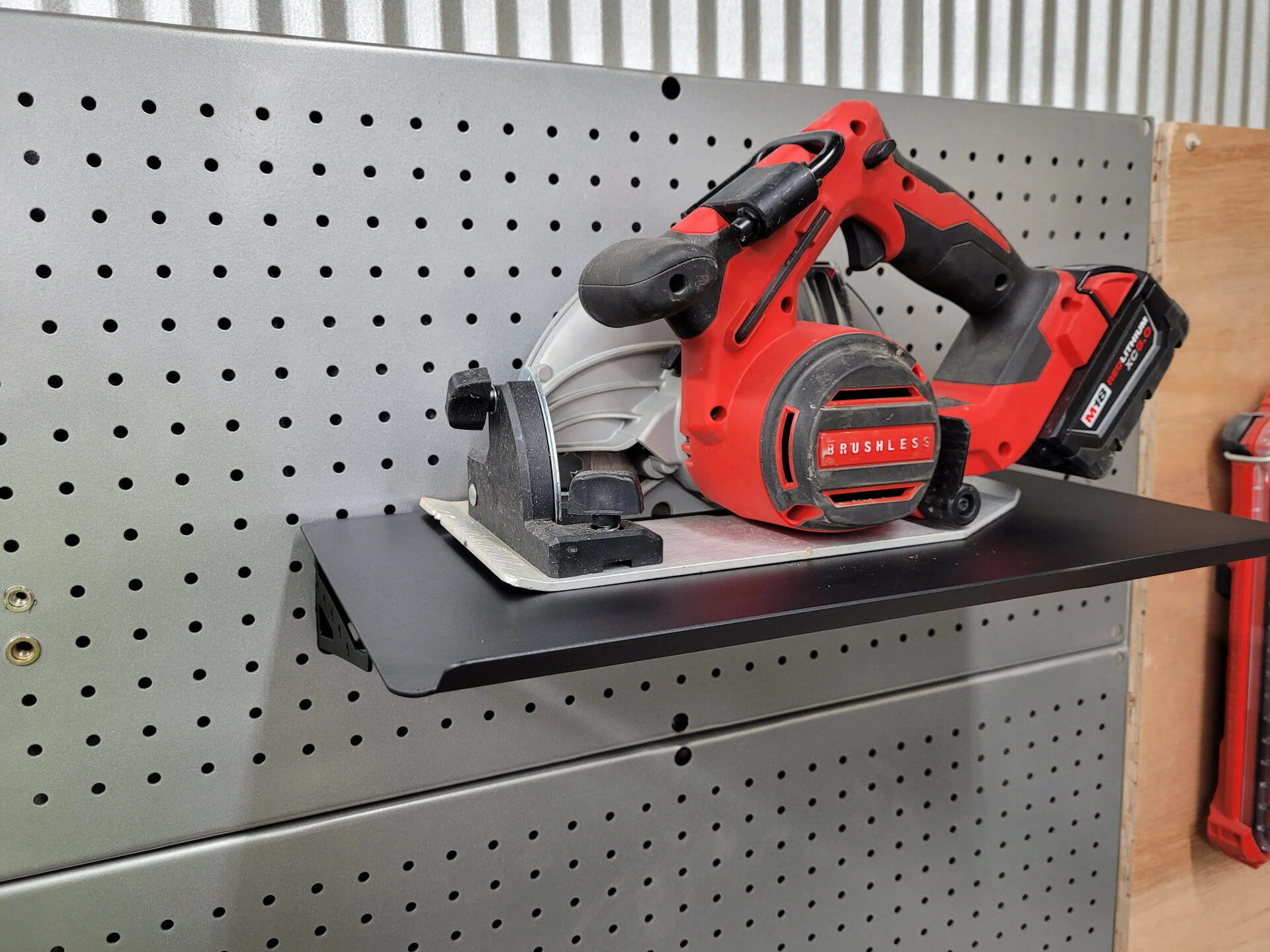

Articles
How To Store Circular Saw
Modified: October 18, 2024
Learn how to properly store your circular saw with these helpful articles. Keep your tool safe and organized for future use.
(Many of the links in this article redirect to a specific reviewed product. Your purchase of these products through affiliate links helps to generate commission for Storables.com, at no extra cost. Learn more)
Introduction
Welcome to our comprehensive guide on how to store a circular saw. Whether you are a professional contractor or a DIY enthusiast, proper storage is essential to maintain the longevity and performance of your valuable tool. A circular saw is a powerful cutting tool that can make your woodworking projects a breeze, but it requires special care when not in use.
In this article, we will discuss safety precautions, choosing a location for storage, cleaning and maintenance, protecting the blade, storing with other tools, using a saw storage case, hanging the circular saw, and storing in a toolbox or cabinet. By following these tips and guidelines, you can ensure that your circular saw remains in excellent condition and is ready to use whenever you need it.
Safety should always be your top priority when handling power tools. Before we dive into the specifics of storing a circular saw, let’s go over some important safety precautions:
- Always wear appropriate personal protective equipment (PPE), such as safety glasses and gloves, when using or storing your circular saw.
- Ensure that the saw is unplugged and the battery is removed (if applicable) before attempting to store or perform any maintenance on the tool.
- Keep the saw out of reach of children and pets to prevent any accidents or injuries.
- Inspect the saw for any damaged or worn-out parts, and replace them before storing.
Now that we have covered the important safety precautions, let’s move on to the next section on choosing a location for storage.
Key Takeaways:
- Proper storage of a circular saw is essential for maintaining its performance and longevity. Prioritize safety, choose a suitable storage location, and regularly clean and maintain the saw to ensure it remains in top condition.
- Consider using a saw storage case, hanging the circular saw on a wall, or storing it in a toolbox or cabinet to keep it protected and easily accessible. By implementing these storage techniques, you can ensure your circular saw remains in excellent condition for years to come.
Read more: How To Use Ryobi Circular Saw
Safety Precautions
When it comes to storing a circular saw, it is crucial to prioritize safety above all else. Even when the tool is not in use, it can still pose a potential hazard if not handled and stored properly. Here are some essential safety precautions to keep in mind:
- Always disconnect the power source before storing the circular saw. For corded saws, unplug the power cord from the electrical outlet. If you are using a cordless saw, remove the battery before storage.
- Make sure the blade is fully stopped and the saw is turned off before attempting to store it. This will minimize the risk of accidentally activating the tool.
- Store the circular saw in a dry and well-ventilated area to prevent moisture buildup, which can lead to rust or damage to the electrical components.
- Avoid storing the saw near flammable materials or in areas with high temperatures, as this can increase the risk of fire or damage to the tool.
- Always keep the saw out of reach of children and pets to prevent accidents or injuries.
- Inspect the saw before each use and prior to storage. Check for any signs of damage, such as a cracked blade, loose parts, or frayed cords. If you notice any issues, repair or replace the faulty components before storing the saw.
- When transporting the circular saw, use a blade guard or cover to prevent accidental contact with the blade and to protect the blade from damage.
- Ensure that the area where you are storing the saw is secure, so that it cannot be accessed by unauthorized individuals. This will help prevent any misuse or accidents.
By following these safety precautions, you can minimize the risk of accidents and ensure that your circular saw remains in good working condition for years to come. Now, let’s move on to the next section, where we will discuss choosing a location for storage.
Choosing a Location for Storage
When it comes to storing your circular saw, it’s important to choose the right location that provides optimal conditions for preserving its quality and functionality. Here are some factors to consider when selecting a storage spot:
- Dry and Cool Environment: Your storage area should be dry and free from excess moisture. Moisture can cause rust and damage to the electrical components of the saw. Additionally, it’s best to avoid storing the saw in areas with extreme temperatures, as this can also impact its performance.
- Secure and Accessible: Look for a place where you can securely store your circular saw, such as a locked cabinet or a dedicated toolbox. This will prevent unauthorized access and reduce the risk of theft or misuse. However, it’s important to keep the saw easily accessible so that you can retrieve it whenever needed.
- Avoid Direct Sunlight: Exposure to direct sunlight can cause the plastic components of the saw to deteriorate and fade over time. Choose a storage location away from windows or invest in a storage case that offers UV protection.
- Adequate Space: Ensure that there is enough space to comfortably store the circular saw without it getting cramped or damaged. Avoid stacking heavy objects on top of the saw or storing it in a cluttered environment that can cause accidental damage.
- Dust and Debris: Keep in mind that dust and debris can accumulate on the saw, affecting its performance. Choose a storage location that minimizes exposure to dust and ensure that the saw is covered when not in use.
Consider these factors and evaluate your options before selecting the ideal location for storing your circular saw. Now that you have chosen the perfect spot for storage, let’s move on to the next section on cleaning and maintenance.
Cleaning and Maintenance
Regular cleaning and maintenance are essential to keep your circular saw in optimal working condition. By properly caring for your saw, you can extend its lifespan and ensure consistently accurate cuts. Here are some cleaning and maintenance tips to follow:
- Remove Dust and Debris: After each use, it’s important to remove any dust or debris that may have accumulated on the saw. Use a brush or compressed air to clean the blade, motor housing, and other parts of the saw.
- Clean the Blade: The blade is one of the most crucial parts of the circular saw. Remove the blade and clean it with a blade cleaner or a mixture of water and mild detergent. After cleaning, dry the blade thoroughly before reattaching it to the saw.
- Inspect and Lubricate Moving Parts: Regularly inspect the moving parts of the saw, such as gears and bearings, for any signs of wear or damage. Lubricate these parts according to the manufacturer’s recommendations to ensure smooth operation and prevent premature wearing.
- Check the Cord or Battery: If you have a corded circular saw, inspect the power cord for any fraying or damage. If you notice any issues, replace the cord immediately. For cordless saws, check the battery for any signs of wear and ensure it is charged properly before storage.
- Adjust and Align the Saw: Over time, the saw’s alignment and cutting accuracy may be affected. Check the saw’s alignment by making test cuts on scrap wood. If adjustments are needed, consult the user manual or contact a professional for assistance.
- Store in a Clean and Dry Place: After cleaning the saw, make sure to store it in a clean and dry place. Avoid storing it directly on the ground, as this can expose it to moisture and dust. Use a dedicated storage case or hang the saw on a wall-mounted hook to keep it off the floor.
By following these cleaning and maintenance tips, you can ensure that your circular saw performs at its best and lasts for years to come. In the next section, we will discuss how to protect the blade of your saw.
Protecting the Blade
The blade of your circular saw is the most important component for achieving precise and clean cuts. Taking proper care of the blade not only enhances performance but also extends its lifespan. Here are some tips to protect and maintain the blade:
- Keep the Blade Sharp: A sharp blade not only improves cutting efficiency but also reduces the risk of kickbacks. Regularly inspect the blade for any dullness or damage. If necessary, sharpen the blade or replace it with a new one.
- Use Blade Covers: Whenever the circular saw is not in use, it is essential to protect the blade. Blade covers, also known as blade guards, are specifically designed to shield the blade from accidental contact and damage. Always use the blade cover provided with your saw or invest in a suitable aftermarket cover.
- Store the Saw with the Blade Guard On: When storing the circular saw, make sure to keep the blade guard in place. This will provide an additional layer of protection and prevent any accidental contact with the blade.
- Avoid Hard Surfaces: When placing or storing the circular saw, be sure to avoid hard surfaces that can cause damage to the blade teeth. Instead, use a clean and soft surface or invest in a blade stabilizer to protect the teeth from getting damaged or chipped.
- Keep the Blade Clean: After each use, clean any debris or residue from the blade carefully. Use a wire brush or a blade cleaner to remove any built-up sawdust or pitch. This will help maintain the blade’s cutting efficiency and prevent any corrosion or damage over time.
- Inspect the Blade for Warping: Over time, blades can warp due to heat or mechanical stress. Regularly inspect the blade for any signs of warping or bending. If you notice any irregularities, it is important to replace the blade to maintain cutting accuracy.
By applying these tips, you can protect your circular saw blade and ensure consistent performance. In the next section, we will discuss how to store your circular saw with other tools.
When storing a circular saw, make sure to clean the blade and housing to remove any sawdust or debris. Store it in a dry place, and consider using a blade guard or case to protect the blade and prevent any accidents.
Read more: 15 Amazing Cordless Circular Saws
Storing with Other Tools
When it comes to organizing your workshop or storage area, it is common to keep multiple tools together. However, storing your circular saw with other tools requires careful consideration to prevent damage and ensure easy access. Here are some tips for storing your circular saw with other tools:
- Create Dedicated Storage Space: Designate a specific area or drawer for storing your power tools, including the circular saw. This will help keep your tools organized and prevent them from getting mixed up with other items.
- Separate the Blade: Remove the blade from the circular saw before storing it with other tools. This minimizes the risk of accidental contact and avoids potential damage to the blade or other tools.
- Use Protective Covers or Cases: Consider using individual protective covers or cases for each tool, including the circular saw. This provides an extra layer of protection, preventing scratches, dings, or any accidental damage when storing or transporting the tools.
- Arrange Tools by Size and Weight: When storing the circular saw with other tools, ensure that heavier tools do not put excessive pressure or weight on the saw. Arrange the tools by size and weight, placing the circular saw in a position where it remains safe and well-supported.
- Keep Blades Separately: If you store extra blades or accessories with the circular saw, keep them in a separate compartment or container. This prevents the blades from coming into contact with other tools and reduces the risk of accidental cuts or damage.
- Label and Organize: Use labels or color-coded systems to easily identify and locate the circular saw and other related tools. This saves you time and effort when searching for specific tools during your projects.
By implementing these strategies, you can safely store your circular saw alongside other tools, ensuring their protection and making them easily accessible when needed. In the next section, we will explore the option of using a saw storage case.
Using a Saw Storage Case
A saw storage case is a convenient option for storing your circular saw, offering protection and ease of transportation. Here are some key benefits and tips for using a saw storage case:
- Protection: A storage case provides excellent protection for your circular saw, safeguarding it from dust, moisture, and accidental damage. The durable construction of the case ensures that your tool remains safe during storage and transportation.
- Organization: A storage case often comes with compartments and dividers, allowing you to organize your circular saw, blades, and accessories in a neat and orderly manner. This makes it easier to find and retrieve the tools you need for your projects.
- Portability: With a storage case, you can conveniently transport your circular saw from one location to another. The case typically features a comfortable handle and secure latches or locks, ensuring that your tool is protected while on the go.
- Customization: Look for a storage case that is specifically designed for circular saws, as it will offer a snug fit and optimal protection. Some cases even allow you to customize the interior layout to accommodate different sizes and types of circular saws.
- Easy Access: A storage case allows for quick and easy access to your circular saw. Instead of digging through a pile of tools, you can simply open the case and retrieve your saw when needed, saving you time and effort.
- Care and Maintenance: When using a storage case, make sure to clean and dry your circular saw before placing it inside. This helps prevent moisture buildup and keeps the case and tool in good condition. Additionally, periodically check the case for any signs of wear or damage, and replace it if necessary.
Using a saw storage case offers a practical and efficient solution for storing and transporting your circular saw. It provides protection, organization, and convenience, ensuring the longevity of your tool. In the next section, we will discuss an alternative method of storing your circular saw: hanging it on a wall.
Hanging the Circular Saw
Hanging your circular saw on the wall is a space-saving storage solution that allows easy access and keeps your tool off the floor and out of the way. Here are some steps to follow when hanging your circular saw:
- Select a Suitable Wall Space: Choose a wall in your workshop or storage area where you can mount hooks or a hanger for your circular saw. Make sure the wall is sturdy enough to hold the weight of the saw.
- Measure and Mark: Measure the length and width of the circular saw, and mark the desired location for the hooks or hanger on the wall. Use a level or straight edge to ensure that the marks are aligned accurately.
- Install Hooks or Hanger: Depending on the design of your circular saw, you can use either hooks or a hanger to hang it on the wall. Install the hooks or hanger securely, making sure they are positioned at the marked locations.
- Hang the Circular Saw: Carefully hang the circular saw on the hooks or hanger, ensuring that it is securely held in place. Double-check that the saw is balanced and not hanging at an awkward angle.
- Secure the Power Cord: If your circular saw has a power cord, wrap it neatly and secure it with a twist tie or cord organizer to prevent it from dangling or getting tangled.
- Consider Extra Safety Measures: To further enhance safety, you may want to use a bungee cord or strap to secure the saw handle to the hook or hanger, preventing any accidental falls or movement.
By hanging your circular saw on the wall, you free up valuable floor space, provide easy access to the tool, and ensure that it is safely stored. Remember to periodically inspect the hooks or hanger for any signs of wear or damage and make necessary adjustments or replacements as needed. In the next section, we will explore another option for storing your circular saw: using a toolbox or cabinet.
Storing in a Toolbox or Cabinet
Using a toolbox or cabinet to store your circular saw provides a compact and organized solution that keeps your tool protected and easily accessible. Here are some steps to consider when storing your circular saw in a toolbox or cabinet:
- Select a Suitable Toolbox or Cabinet: Choose a toolbox or cabinet that is spacious enough to accommodate your circular saw and any accessories or blades you may have. Ensure that it has secure locks or latches to keep your tools safe.
- Clean and Prepare the Toolbox or Cabinet: Before placing your circular saw in the toolbox or cabinet, ensure that it is clean and free from any dirt or debris. Wipe down the interior and remove any loose items to create a clear storage space.
- Organize the Interior: Determine the layout and organization within the toolbox or cabinet. Consider using dividers, foam inserts, or tool trays to keep your circular saw and other tools separated and easily accessible.
- Wrap the Circular Saw: To protect the circular saw from scratches or damage, consider wrapping it in a soft cloth or using a protective sleeve. This prevents any contact between the saw and other tools or surfaces within the toolbox or cabinet.
- Arrange Accessories and Blades: If you have additional accessories or blades for your circular saw, keep them organized within the toolbox or cabinet. Use labeled containers or compartments to easily identify and locate the specific accessories you need.
- Secure the Toolbox or Cabinet: Ensure that the toolbox or cabinet is securely closed and locked to prevent any accidental spills or unauthorized access. This protects your circular saw and other tools from potential damage or theft.
- Store in a Suitable Location: Place the toolbox or cabinet in a clean, dry, and accessible location. Keep it away from excessive heat, moisture, or direct sunlight, as these factors can impact the longevity and performance of your tools.
By storing your circular saw in a dedicated toolbox or cabinet, you can keep your tools organized, protected, and easily accessible whenever you need them. Remember to periodically review and arrange the contents of your toolbox or cabinet to maintain an efficient storage system. With proper care, your circular saw will remain in excellent condition for years to come.
Conclusion
Proper storage of your circular saw is crucial for maintaining its performance, longevity, and safety. By following the tips and guidelines in this comprehensive guide, you can ensure that your valuable tool remains in excellent condition and is readily available for your woodworking projects. Let’s recap the key points we covered:
- Always prioritize safety by wearing appropriate personal protective equipment (PPE) and disconnecting the power source before storing the circular saw.
- Choose a suitable location for storage, keeping in mind factors such as dryness, security, and accessibility.
- Regularly clean and maintain your circular saw, ensuring it is free from dust and debris, and lubricating moving parts when necessary.
- Take special care to protect the blade of your saw by keeping it sharp, using blade covers, and avoiding contact with hard surfaces.
- When storing the circular saw with other tools, create dedicated storage space and use protective covers or cases to prevent damage.
- Consider using a saw storage case for added protection, portability, and organization of your circular saw.
- Hanging the circular saw on a wall can save space and provide easy access, while storing it in a toolbox or cabinet keeps it protected and organized.
By implementing these storage techniques, you can ensure that your circular saw remains in top condition, ready to tackle any woodworking project that comes your way. Remember to conduct regular maintenance checks, follow safety guidelines, and adapt the storage methods to suit your specific circumstances. With proper care and storage, your circular saw will continue to serve you well for years to come.
Frequently Asked Questions about How To Store Circular Saw
Was this page helpful?
At Storables.com, we guarantee accurate and reliable information. Our content, validated by Expert Board Contributors, is crafted following stringent Editorial Policies. We're committed to providing you with well-researched, expert-backed insights for all your informational needs.
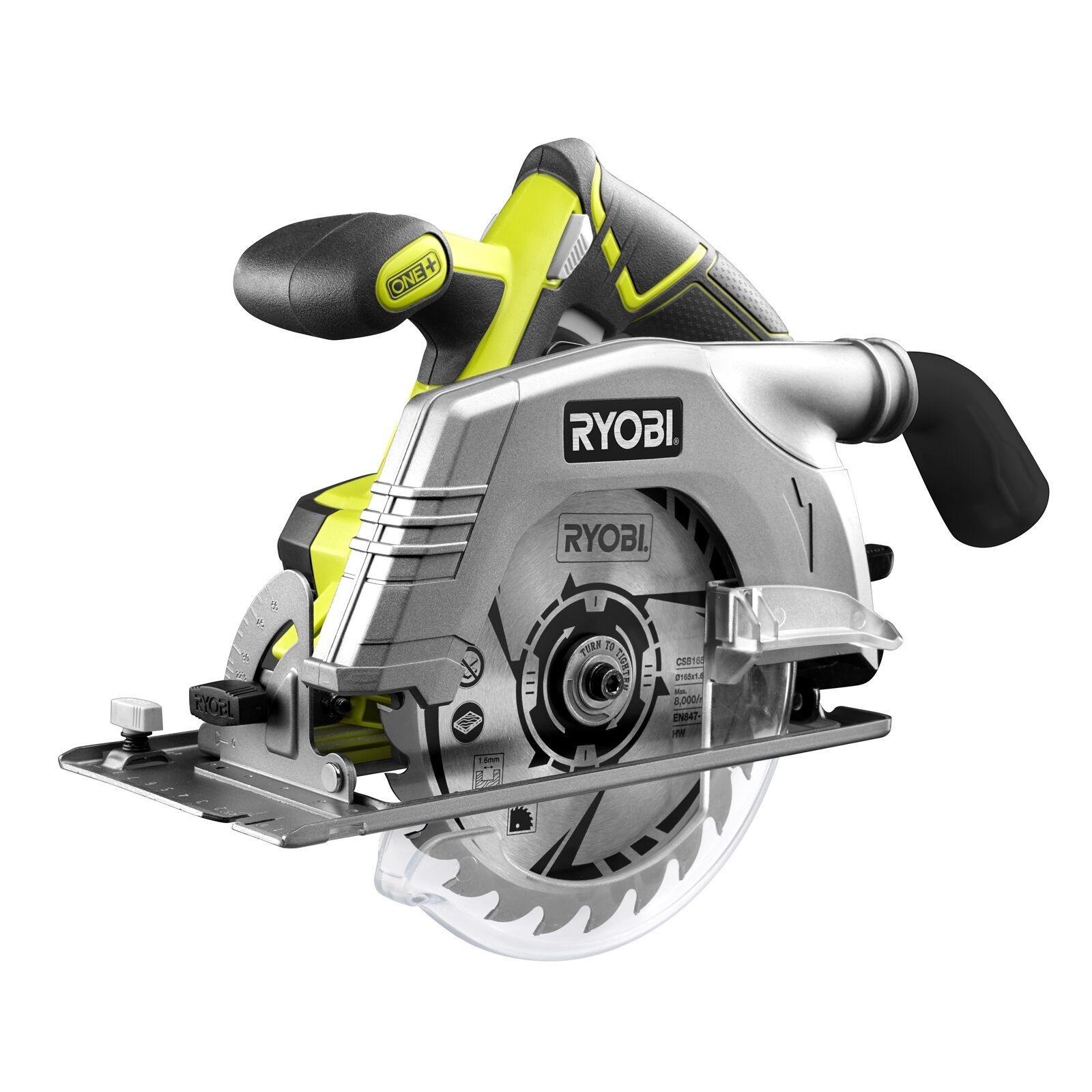

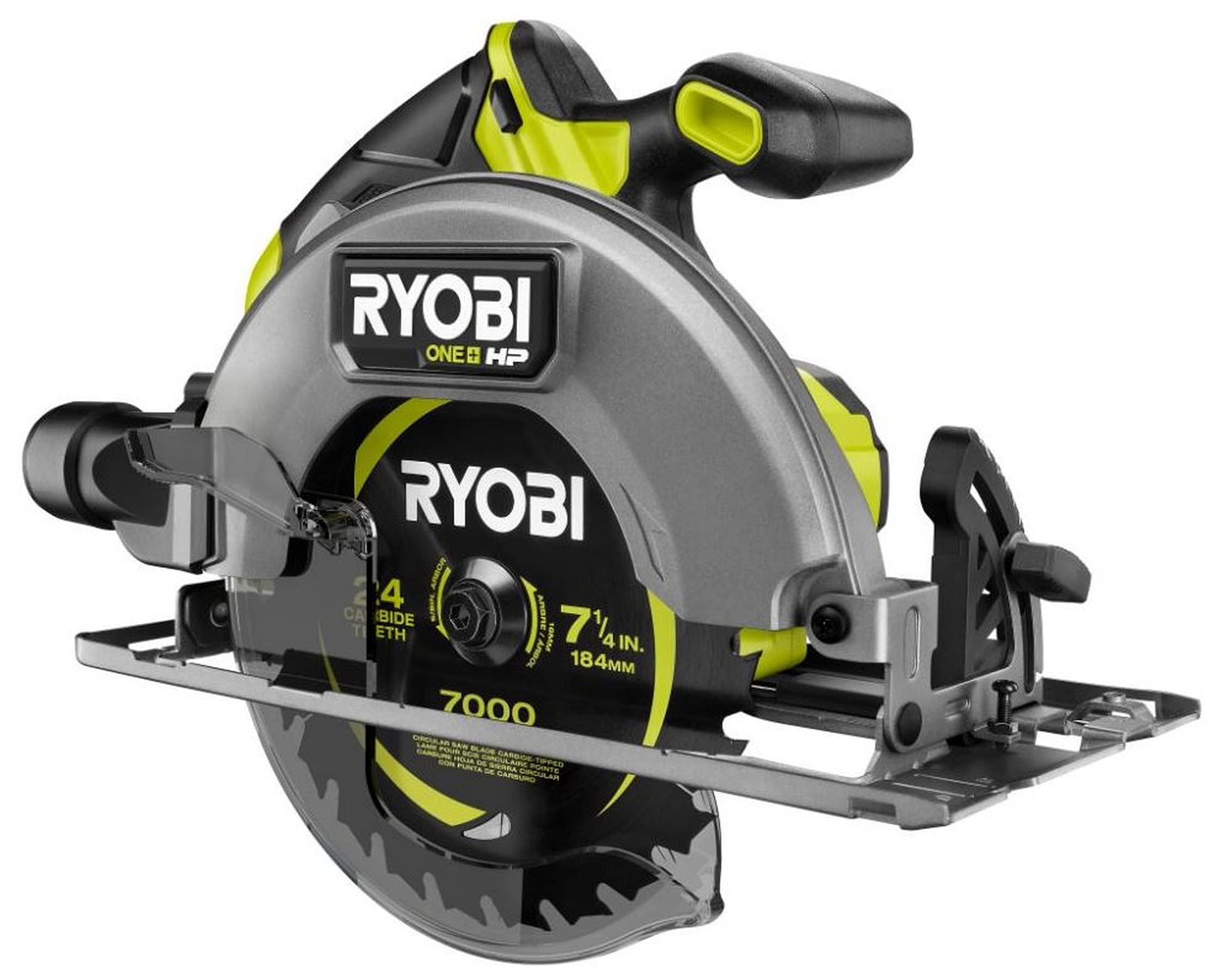
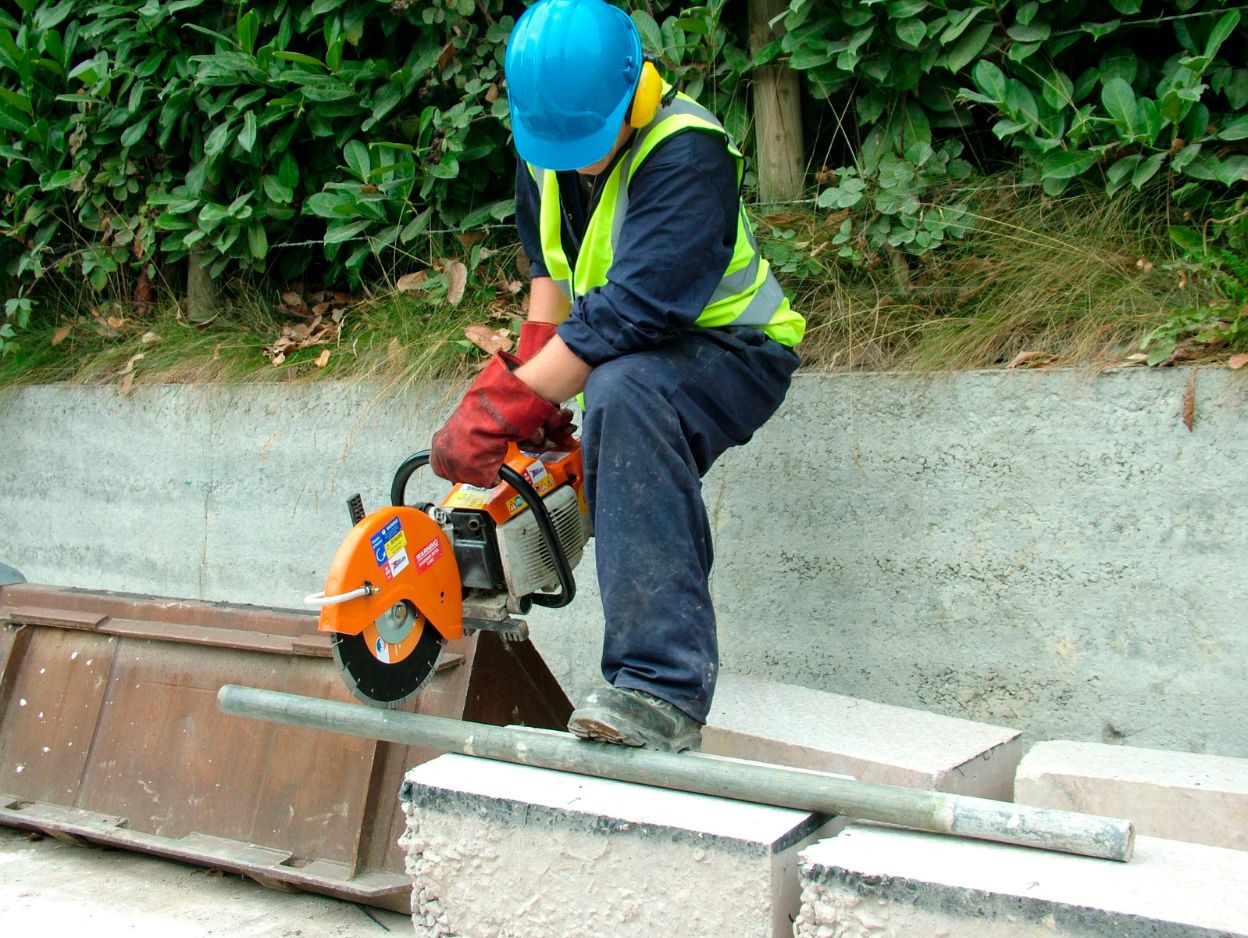
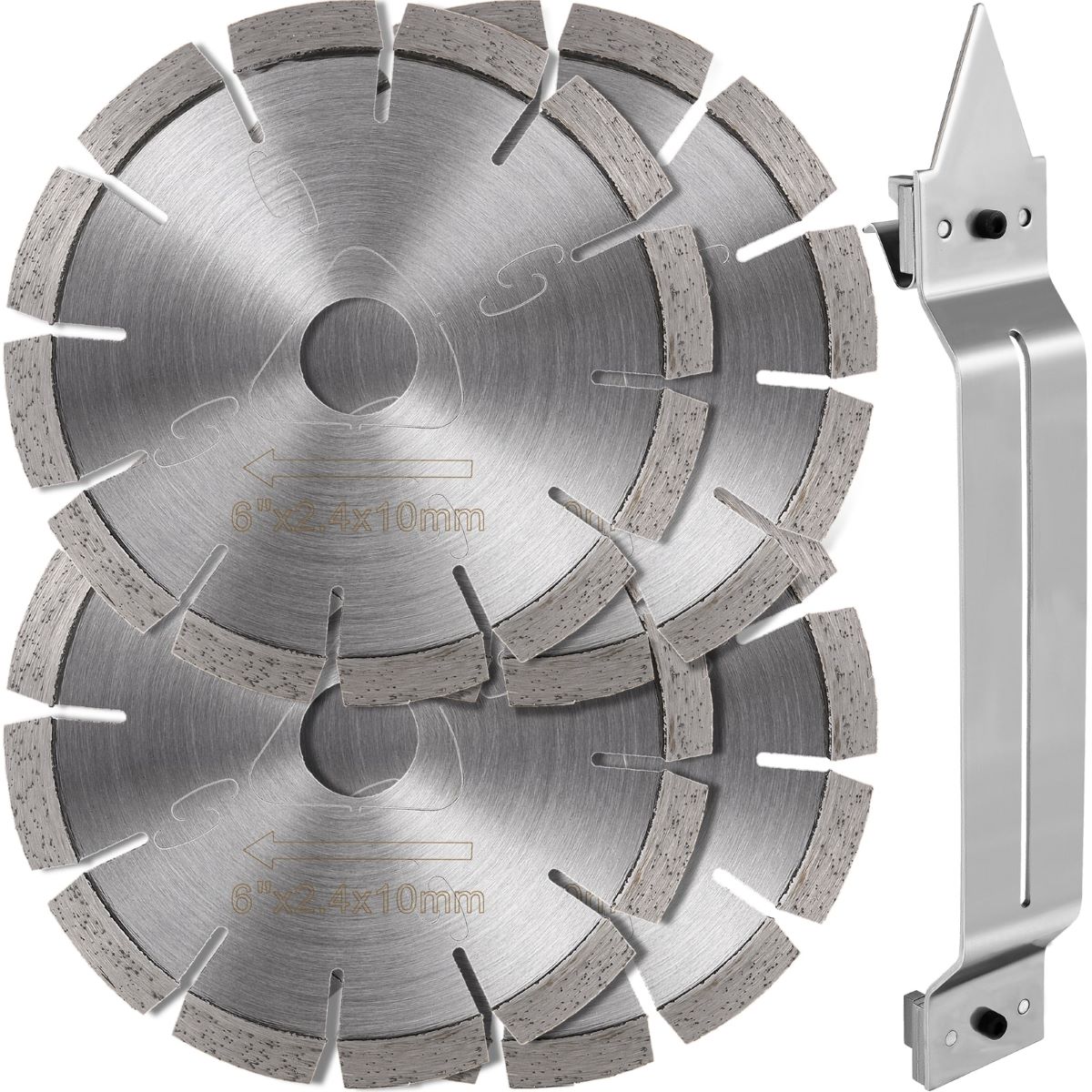
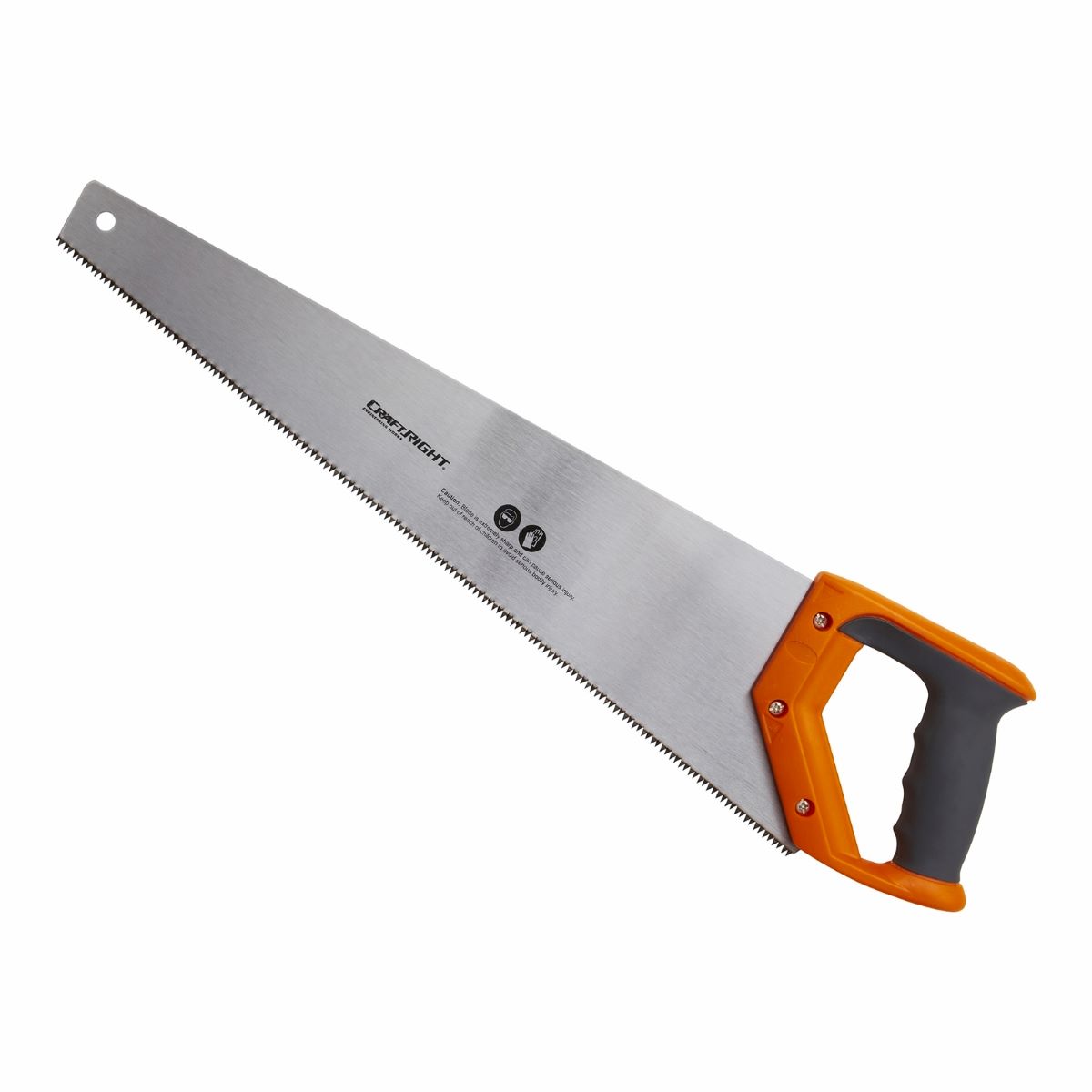
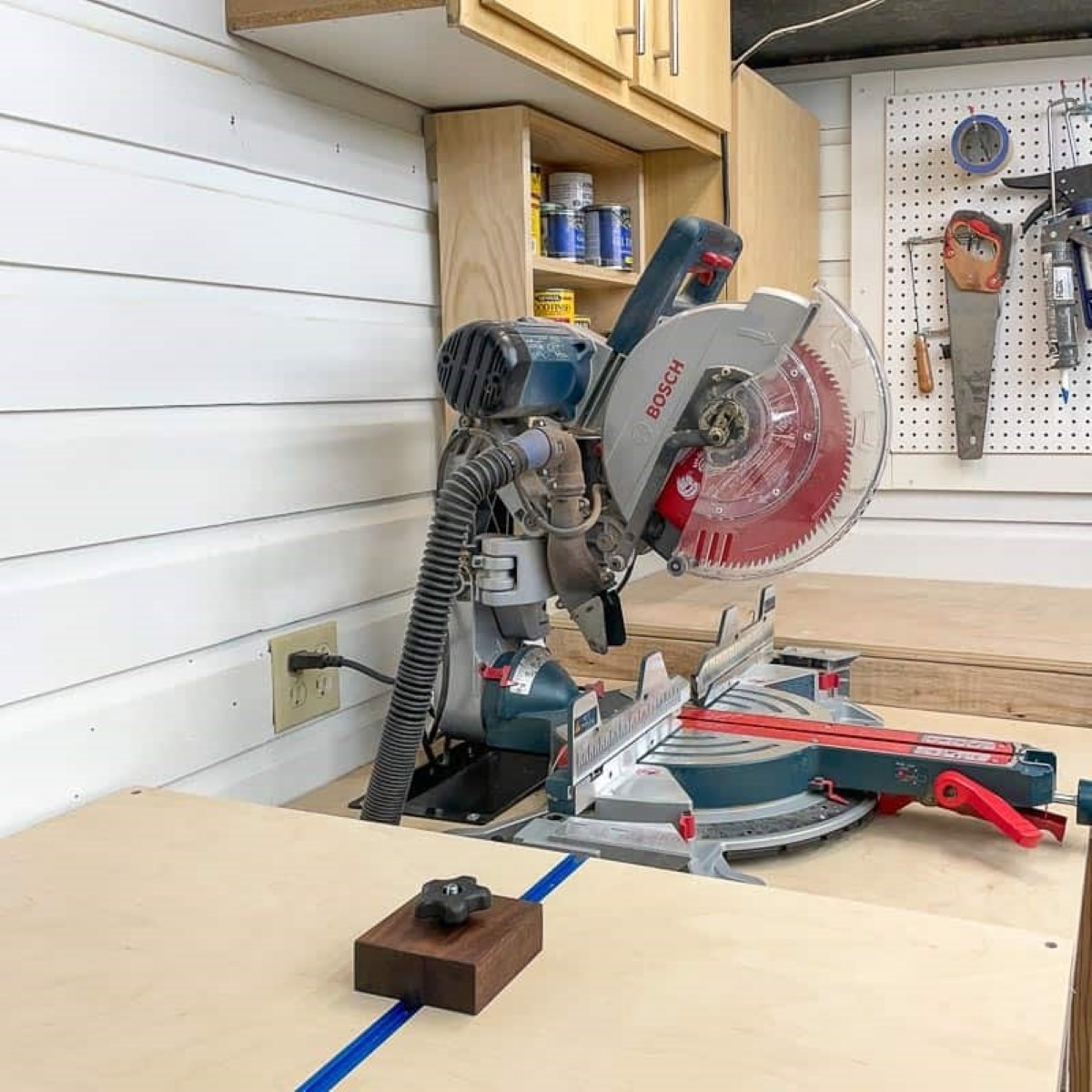
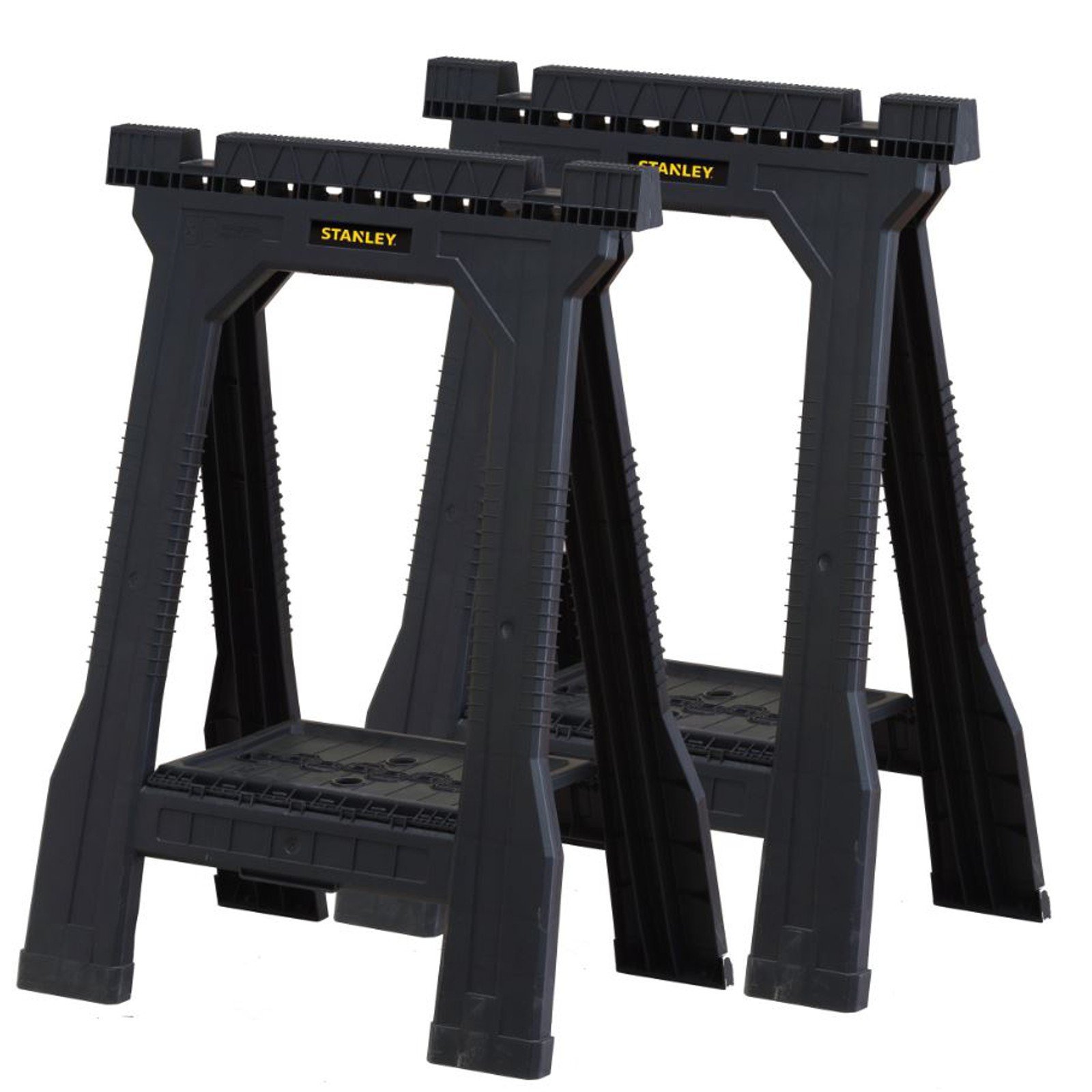
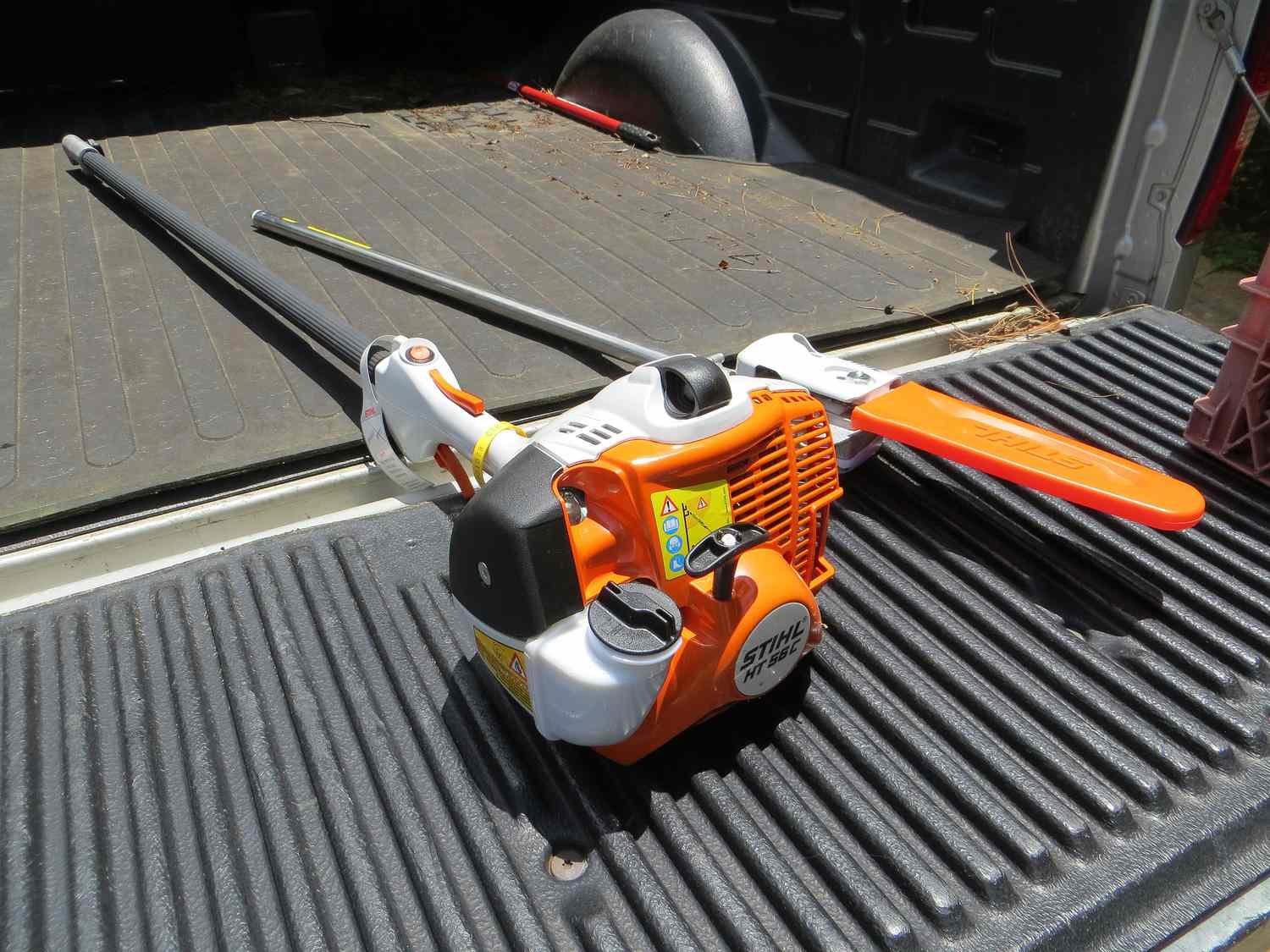
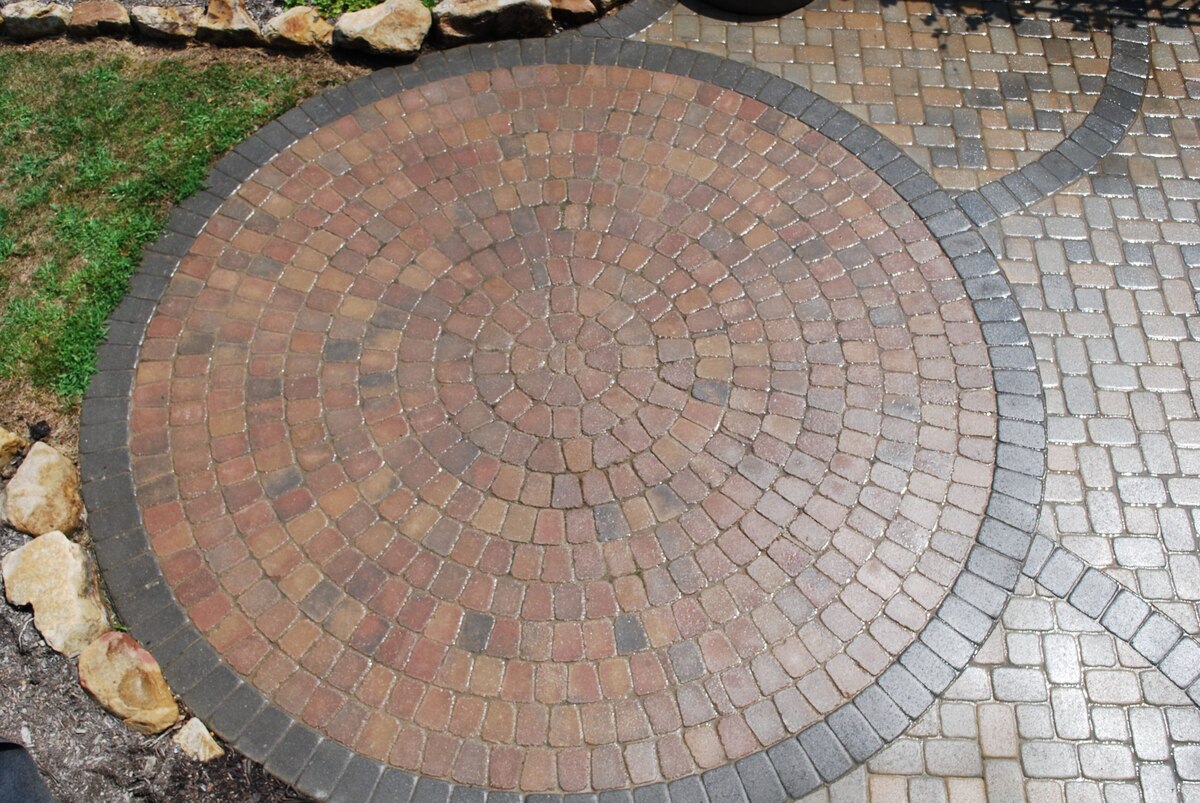

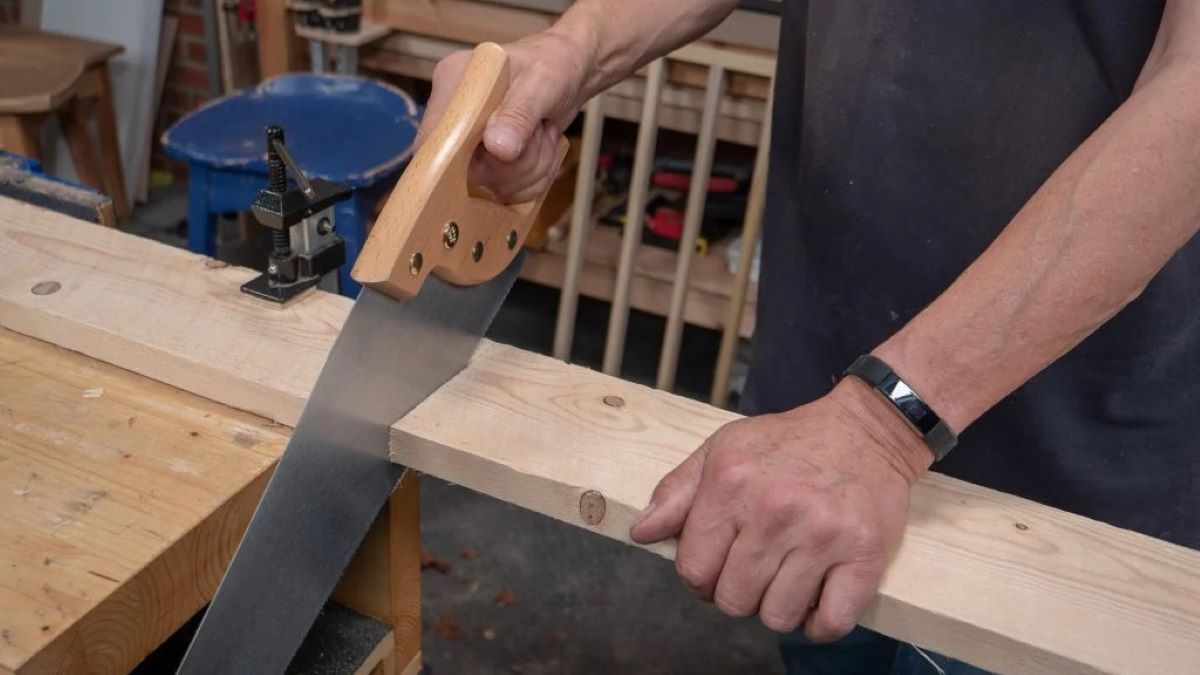


0 thoughts on “How To Store Circular Saw”